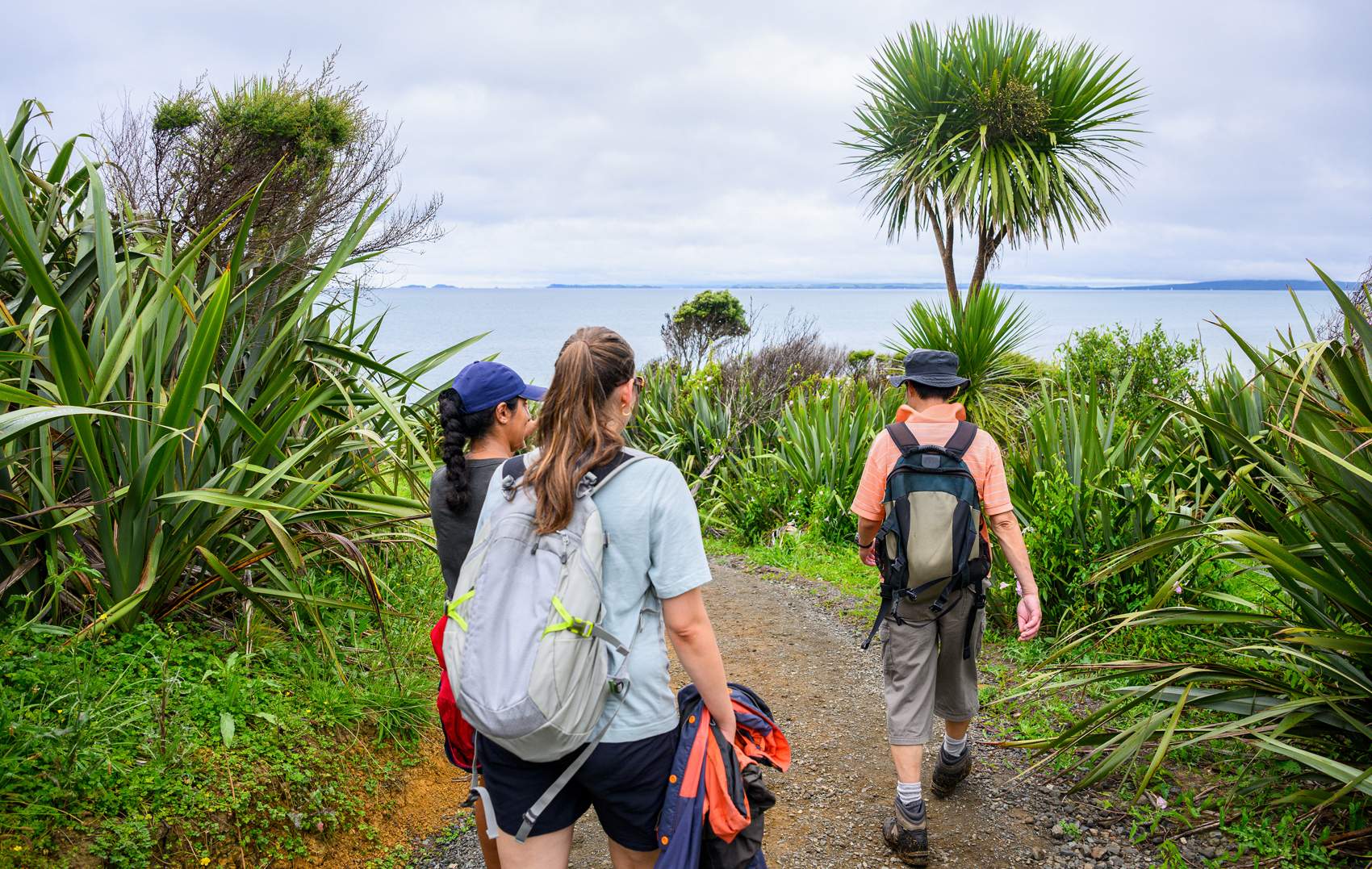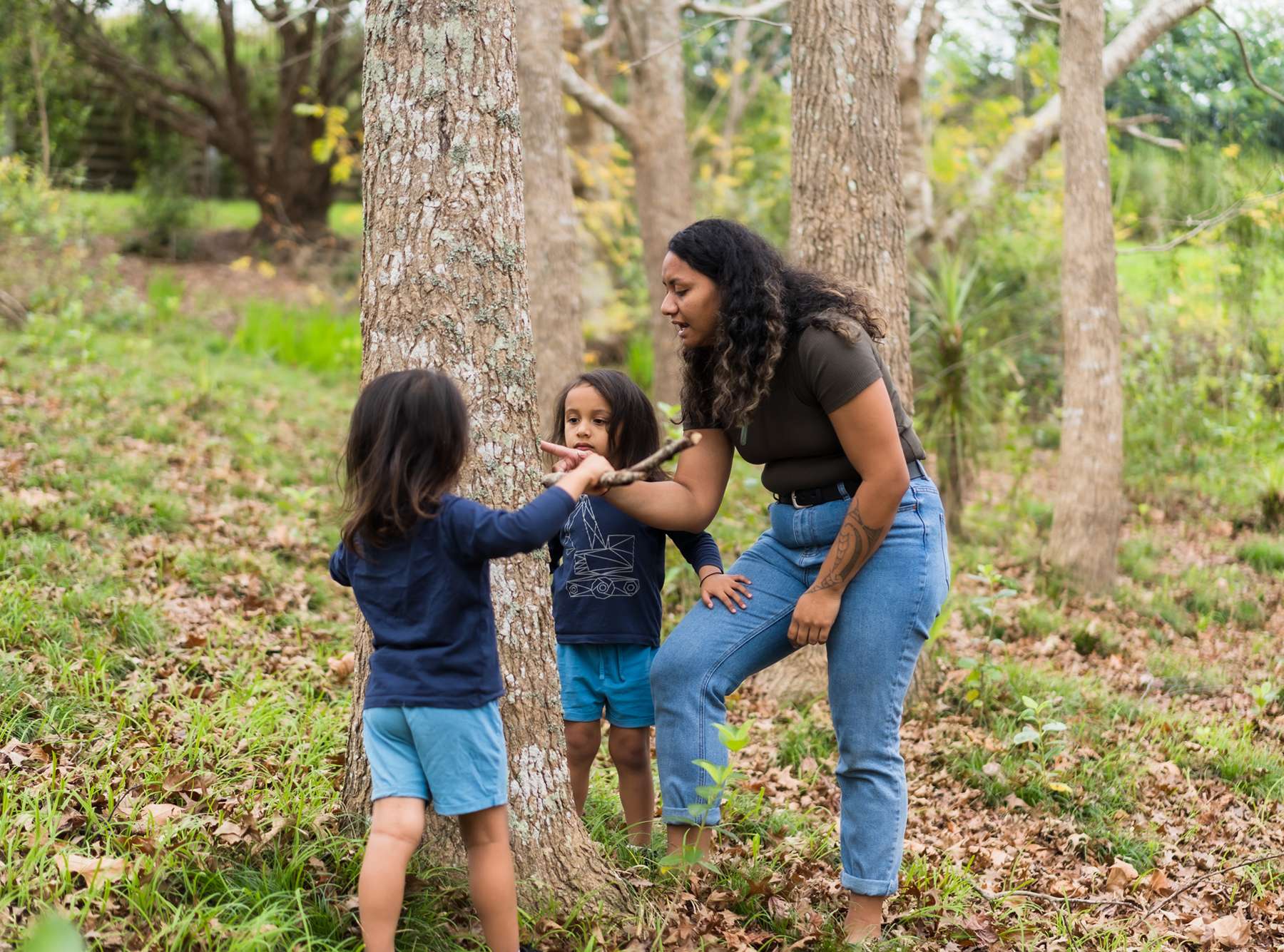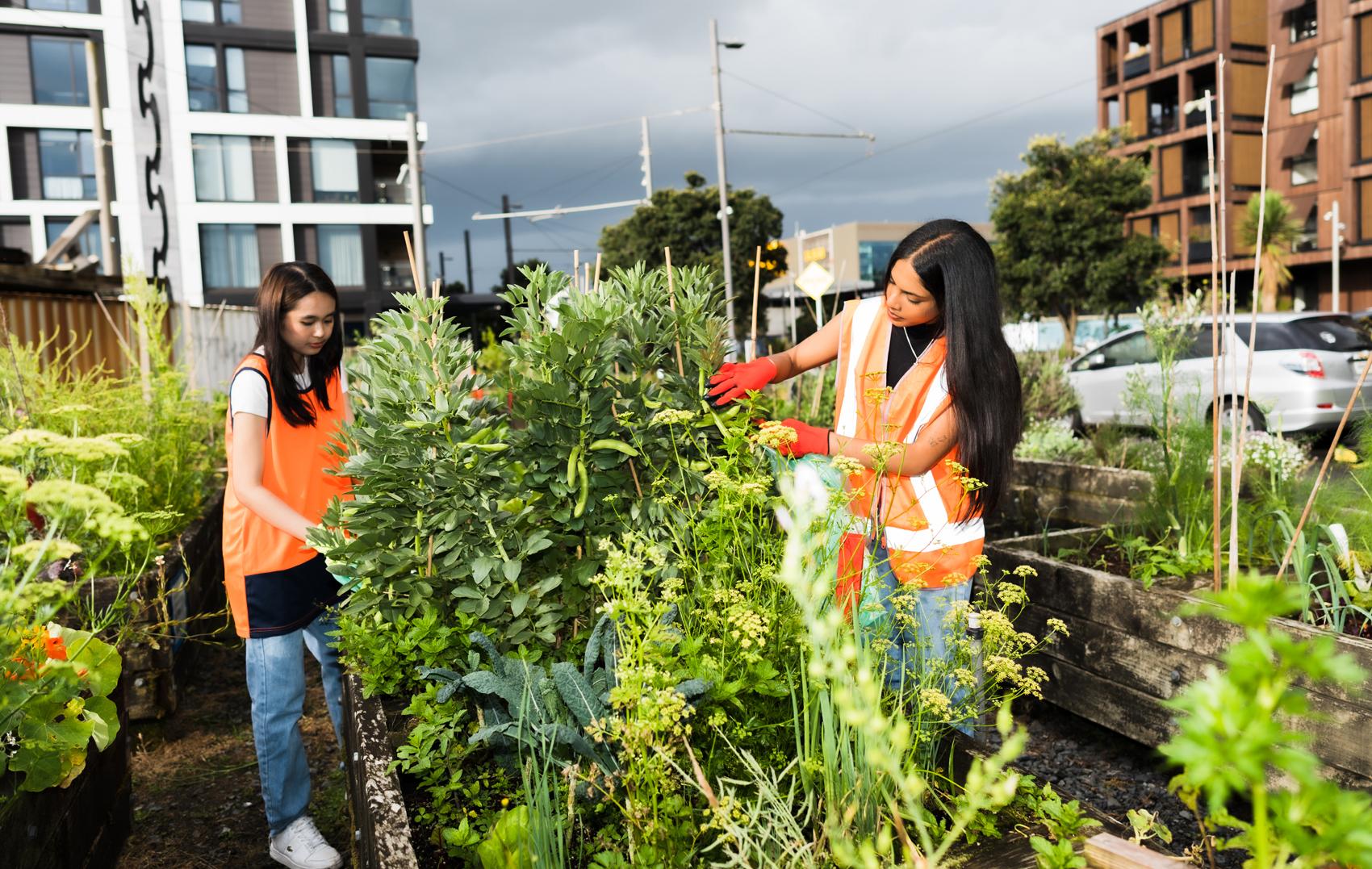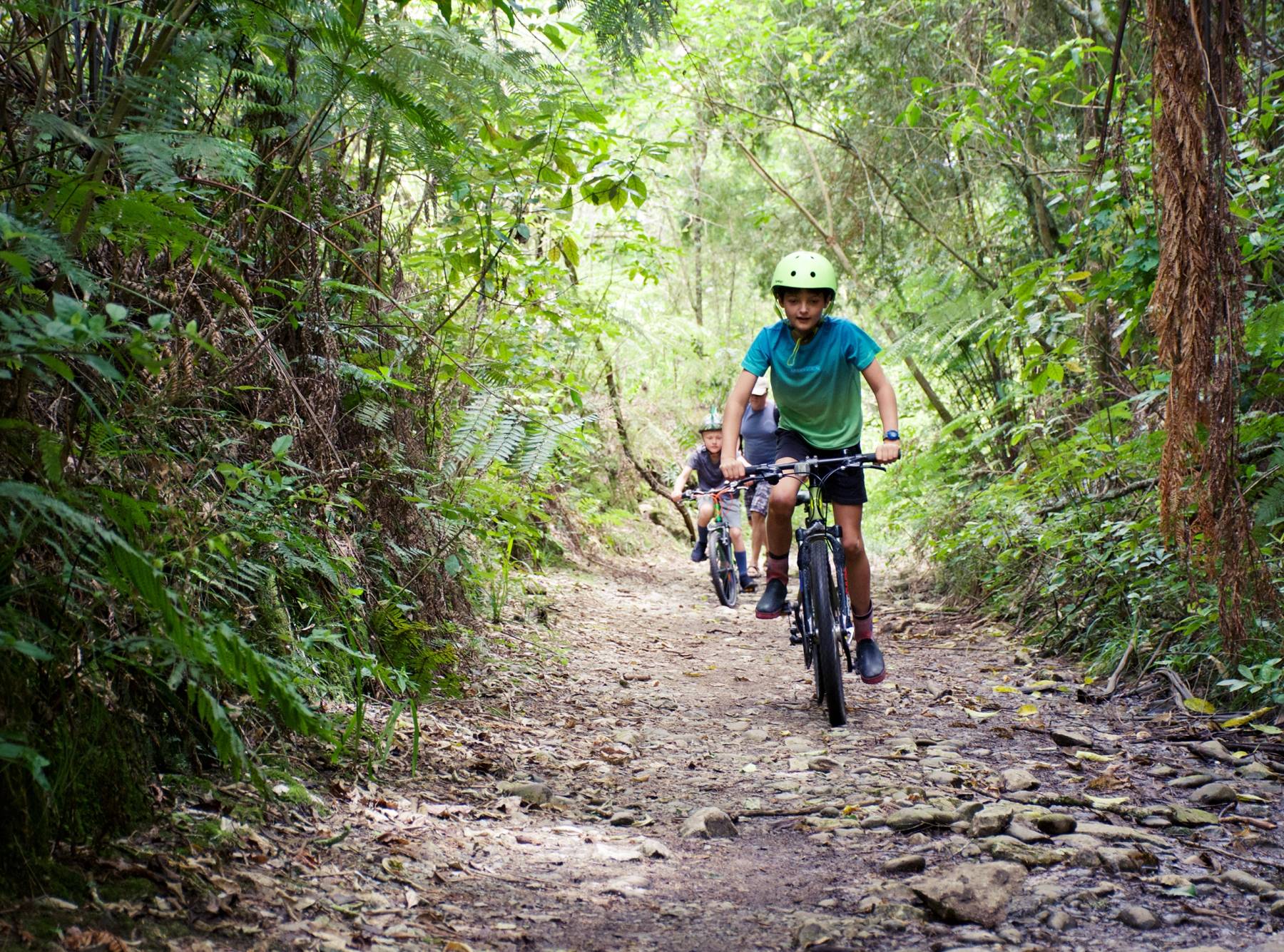

A REGENERATIVE EDUCATION MODEL
Imagine if our young people left school with a comprehensive understanding of the absolute interconnectedness of the world. Imagine if they, as a whole, were empathic to others, especially those who may look, speak or act ‘differently.’ Imagine what their choices would be. Imagine how they will bring up the next generation. Now imagine what kind of world their grandchildren will live in.
On the whole, the current Education system is antiquated, irrelevant and not serving our young people. A regenerative education system means an evolving education system that starts with todays needs and continues to change as our global society and knowledge changes. It continues to meet the needs of young people and those people continue to improve the world based on their foundational years of education.
THE ELEMENTS REQUIRED FOR A REGENERATIVE EDUCATION SYSTEM:
Societal Status of Educators
A shift in perception and social standing of educators is a critical factor for an evolved education system. For too long educators have been under-valued and underpaid. Working with children and young people in such an intense way is one of the most important jobs in society. In the future, Educators will be considered in the way traditionally Doctors and Lawyers have been respected and financially recognised.
Quality Early Childhood Education
There is consistent and extensive evidence from multiple countries, cultures and systems that experiencing high quality learning before school directly increases the likelihood of young people completing year 12 without additional support. Quality preschool learning continues to have an impact beyond the school years with evidence showing it helps reduce crime and increase health and wellbeing. The preschool years are the most important yet the educators in this space are not recognized, in training, financially, or socially to reflect this import.
Play, play, play
Children need an outside play break every hour in primary school and every 1.5 hrs in high schools. Outside play can happen regardless of weather, there is a saying in the Nordic countries that equates to ‘There is no such thing as bad weather, only inappropriate clothing.’ Barefoot areas are ideal along with equipment that encourages physicality.
Almost all educators, particularly in preschool and primary school settings will be familiar with the constant triage of their workdays. The fidgeting, the distraction, disengagement, the off-topic chatting. This can be minimalized with more play-based learning, more frequent breaks and more free play. Occupational therapists around the world will tell you the many of the children who are constant ‘fidgeters’ have sensory processing issues and are actually requiring personalized techniques to help them be in learn-ready state.
There should be no paper-based homework until high school. ‘Homework’ might include activities that requires family conversation but children need free time to play, explore and simply ‘be’ outside of school hours.
A regenerative education system means an evolving education system that starts with todays needs and continues to change as our global society and knowledge changes.

Family engagement in learning
It is imperative that families see the value of learning, encourage and provide opportunities for learning outside of school. Regular and meaningful communication between the triad of child-school-family is the recipe for an optimum learning experience.
Schools as Community Hubs
Some schools act as community hubs – a community hub is a physical place that is open for community use, where there are health services located onsite, and multiple purpose spaces for the community to use in a safe and welcoming environment.
Universal preventative and restorative justice approach
In the school context this translates to a focus on supporting children and young people and all staff with wellbeing as a priority over any curriculum material and no detentions, no suspensions, no expulsions or exclusions. It includes the belief and practice that all behaviour is communication and ‘bad’ behaviour is a clear sign that child’s needs are not being met.
Smart use of Technology
If students are really keen to pursue a topic and there is no teacher qualified to teach, they have the opportunity to learn via interactive online courses with the support of local educators. Technology embraced in a safe and creative ways.
More teacher autonomy and inclusive learning
Teachers are to be given more autonomy, greater freedom to spend time to understand students on a deeper lever, and ability to teach in a way that is not prescriptive.
Inclusive education is defined in a number of ways but essentially it is children with disability being educated together with children without disability. Comprehensive reviews of the evidence surrounding inclusive educational settings show both short term and more sustained benefits, socially and academically for students with and without disabilities when experiencing inclusive education.
Testing for strengths and gaps, using a mastery approach
Instead of standardised assessments and tests with grades or scores, feedback is provided regarding strength areas and where the biggest gaps of knowledge or skills are and then the next chunk of time is dedicated to filling those gaps in a peer to peer learning format -so the students with the best areas of knowledge teach those with areas before moving to next topic.
Peer feedback and self-evaluation can be highly effective and accurate. Research shows that using classmates to mark assignments or critically review on work the results are highly correlated to the teachers. There are other positive by products of this process. By asking students to mark their classmates work it allows an insight into how other people think. In providing the feedback on their work, peers have the opportunity to ‘be the teacher’ in a sense, they also can deepen their verbal communication skills while practicing empathy.
Almost universally, schools are run using a non-mastery approach. This means if students do not grasp the concept or lay down the fundamental skills to achieve the required understanding, too bad. The following class moves to the next part of that subject, usually building on knowledge supposedly attained in the previous classes. This is a deeply problematic approach for our young people. Students who haven’t yet got to a basic comprehension level for the first class are then left further and further behind as the next phase in that subject is unfathomable for them typically resulting in a behavioural issues and dis-engagement from school.
Real world experience
Much earlier and more exposure to what was historically labelled ‘work experience’.
Regular and meaningful communication between the triad of child-school-family is the recipe for an optimum learning experience.

CORE LEARNING AREAS
Core learning areas refers to the subjects or topics that are part of a students every day, throughout the entirety of preschool, primary and secondary school.
Wellbeing
Wellbeing Supporting and understanding holistic wellbeing of children (and Educators) is paramount. Wellbeing encompasses physical, mental, emotional, spiritual health. Under the ‘Wellbeing’ umbrella includes ‘The human body’, ‘Sexuality Education’.
Our natural world
Studying Eco-systems, not only on certain types of plants, or a species of animal rather exploring and following eco-system after eco-system so our young people grow up understanding the absolute interconnectedness of our world. This includes natural resources, the solar system, climate change and more.
Our designed world
The ‘created world’ learning areas covers topics like human rights, with emphasis on children’s rights, Animal rights, Government such as why do we pay taxes? Business basics.
Food
Growing it, preparing it, learning the nutritional value, eating it. Not as an elective subject, not a course you take once for one school term, not only in Primary schools. A foundational subject that occurs daily, every week for all schooling years where all learning sites have a garden or use a community garden, and a kitchen space. This includes the benefit of more outside learning.
Mindfulness and moving
Meditation or some type of mindfulness activity so that every day there is a chance for every student to just sit and breathe. As well as a daily element to allow the mind to settle, process, relax, just as important is the daily habit of moving the body.
It might look like a 15 minute run for children in Primary school as whole school exercise. It may be a 45 minute class that is after lunch for every young person in High School regardless of other subjects where they are choose from weights, yoga, tai chi, qi Gong, running, or simply walking. A 30 minute walk and 10 minutes of stretches five times a week for every student at high school.
Social responsibility
There are no cleaners in future schools. Classes or year groups are rostered on to pick up rubbish in the open areas, cleaning windows, floors, bathrooms and so on.
Studying Eco-systems, not only on certain types of plants, or a species of animal rather exploring and following eco-system after eco-system so our young people grow up understanding the absolute interconnectedness of our world.

The implications of a Regenerative Education system include an increase in empathy – to people of all of abilities, to animals, nature, increase in attention, increased motivation to learn so increased engagement and authentic connection with educators, increased creativity, increased social responsibility, more ‘real world’ knowledge. A transformed Education system creates transformed young people, a healthier generation, physically and mentally who care about others, care about the environment and have the energy, knowledge and drive to improve our global society.

